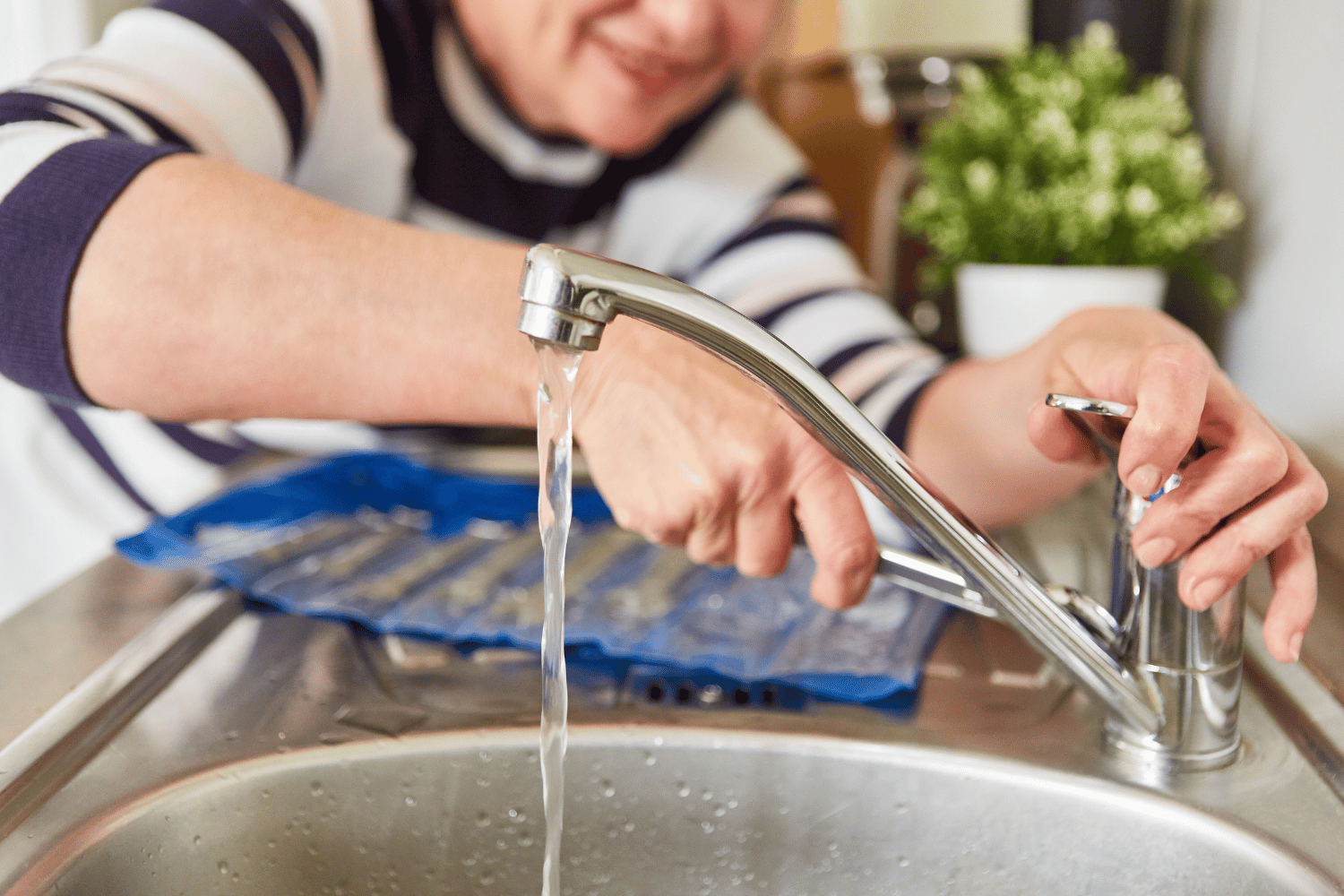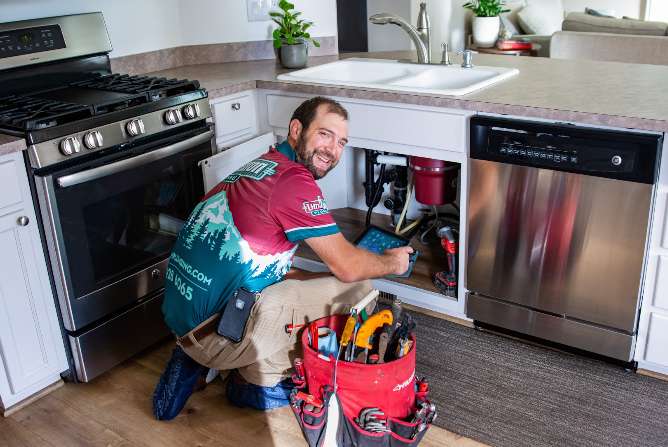What are your concepts about DIY Plumbing Projects and When to Call a Professional?

Introduction
Plumbing problems can range from small inconveniences to significant headaches, commonly motivating home owners to determine in between dealing with the problem themselves or calling in an expert plumbing professional. Knowing when to DIY and when to seek expert help can conserve time, cash, and protect against prospective catastrophes. This short article checks out the elements to take into consideration when making this critical choice.
Advantages of Do It Yourself Pipes
Handling pipes tasks on your own can be fulfilling in numerous methods, particularly for easier jobs.
Cost Financial savings
Do it yourself pipes tasks usually save cash by avoiding expert service fees. Tasks like dealing with small leakages, changing faucets, or installing new showerheads are instances where homeowners can handle fixings without working with a plumbing.
Ability Enhancement
Engaging in do it yourself plumbing offers a possibility to learn and boost functional skills. Standard jobs equip home owners to comprehend their pipes systems much better and gain self-confidence in managing small repair services independently.
Risks of Do It Yourself Plumbing
While DIY jobs use advantages, particular dangers must be very carefully considered prior to trying fixings.
Intricacy of Jobs
Some pipes concerns require customized expertise and devices beyond typical property owner capabilities. Mishandling complicated problems can lead to more damage and costly repairs.
Safety and security Problems
Dealing with plumbing systems involves threats such as direct exposure to water damages, possibility for electric threats, and handling devices improperly. Safety and security preventative measures need to be observed to prevent crashes and ensure effective fixings.
Indicators to Call a Professional Plumbing Technician
Acknowledging when a pipes problem goes beyond DIY capacities is essential to stop getting worse problems.
Signs of Complex Problems
Instances include:
Prompt expert treatment is required to address these concerns properly and lessen damage.
DIY Pipes Tips
For effective do it yourself pipes, it's important to be prepared with the right tools and follow appropriate treatments.
Fundamental Devices and Materials
Trick tools for DIY pipes:
Step-by-Step Guides
Clear guidelines ensure secure and effective DIY fixings:
Choosing the Correct Time to Do It Yourself
Determining when to take on pipes tasks on your own requires analyzing both the intricacy of the problem and personal convenience degrees.
Analysis List
Consider:
When to Most Definitely Call a Professional
Certain situations require prompt professional focus to stop considerable damage or security dangers.
Instances include:
Searching for and Employing a Professional Plumbing
Choosing a qualified plumbing professional guarantees reliable solution and peace of mind in dealing with plumbing issues.
Standards for Selection
Factors to think about:
Expense Evaluation: do it yourself vs. Specialist Providers
Contrasting the monetary ramifications of DIY efforts versus specialist plumbing services aids in making educated choices.
Financial Considerations
Review:
Final thought
Choosing whether to do it yourself or call a professional plumbing technician hinges on comprehending the intricacy of plumbing problems and individual capabilities. By evaluating the benefits and threats, homeowners can make educated choices that advertise efficient maintenance and safeguard their homes from pipes calamities.
DIY Plumbing Projects: What Homeowners Can Do and When to Call a Professional
Welcome to our comprehensive guide on DIY plumbing projects. In this blog post, we aim to empower homeowners with the knowledge and skills to tackle basic plumbing tasks around the house. From unclogging drains to fixing a leaky faucet, we’ll walk you through step-by-step instructions on how to handle these common issues.
However, not all plumbing problems can or should be solved with a DIY approach. Recognizing when a problem is beyond your skill level and requires professional intervention is just as important as knowing how to perform basic tasks. We’ll also discuss the signs that indicate it’s time to put down your tools and pick up the phone to call a professional plumber. By understanding when to DIY and when to call a professional, you can save time, avoid potential disasters, and ensure your home’s plumbing system remains in top shape.
Understanding Plumbing Basics
Before we dive into the DIY projects, let’s take a moment to understand the basics of your home’s plumbing system. A typical residential plumbing system consists of two major components: the water supply system, which brings fresh water into your home, and the drainage system, which removes waste water. These systems are made up of a network of pipes, valves, and fixtures that work together to deliver clean water and dispose of waste efficiently.
Regular maintenance of your plumbing system is crucial to prevent minor issues from escalating into major problems. This includes tasks like checking for leaks, removing minor clogs, and ensuring your pipes are insulated for winter. By performing these tasks regularly, you can extend the lifespan of your plumbing system, save money on water bills, and maintain the comfort and hygiene of your home.
In the following sections, we’ll explore some common DIY plumbing projects that homeowners can handle, as well as situations that require the expertise of a professional plumber. Whether you’re a seasoned DIY enthusiast or a beginner, this guide will provide you with valuable insights into the world of home plumbing.
DIY Plumbing Projects Homeowners Can Handle
Plumbing may seem intimidating, but there are several tasks that homeowners can confidently tackle with a little guidance and the right tools. Here are a few common issues you might encounter and how to address them.
Unclogging Drains
Use a Plunger: This is your first line of defense. A good old-fashioned plunger can dislodge the obstruction and clear the drain in many cases. Try a Plumber’s Snake or Hand Auger: If the plunger doesn’t work, a plumber’s snake or hand auger can reach deeper into the pipe to break up the clog. Use a Drain Cleaner: If physical methods fail, a chemical drain cleaner can dissolve the clog. However, use these products sparingly as they can damage your pipes if overused.

We were introduced to that article about When to DIY and When to Call in the Plumbing Pros from an acquaintance on a different web page. For those who enjoyed reading our post if you please do not forget to share it. Thanks a lot for being here. Please come by our site back soon.
Visit Page